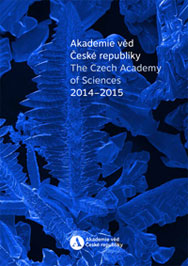Paleomagnetic research of karst sediments
Another article by Dr. Petr Pruner and Professor Pavel Bosák of the Institute of Geology ASCR describes paleo-magnetic research of karst sediments. Karst and cave fills are relatively special kinds of geologic materials since the karst environment produces both the preservation of paleontological remains and their destruction. Karst systems can also be “frozen” and then rejuvenated, often several times. Reactivation processes may degrade the record into an unreadable form, often mixing karst fill of different ages. Only the last accumulation phase has been dated in caves in most cases. The fossilization of the cave and rejuvenation reflect changes in resurgence area. Rejuvenating the karst process can excavate the previous cave fill completely, the most common case resulting from the polycyclicity and dynamics of cave environments. Under favorable settings, fills belonging to more infill phases and separated by distinct hiatuses, can occur in one sedimentary profile. Such amalgamation is typical especially in ponor part of the cave. During previous research, the scientists of IG ASCR found that the specific character of karst sediments using paleomagnetic methods can bring a surprising result despite the character of the method. This method helps interpret not only the age of cave sediments and also understand the evolution of karst landscape and tectonic history of the region.


 Česky
Česky














